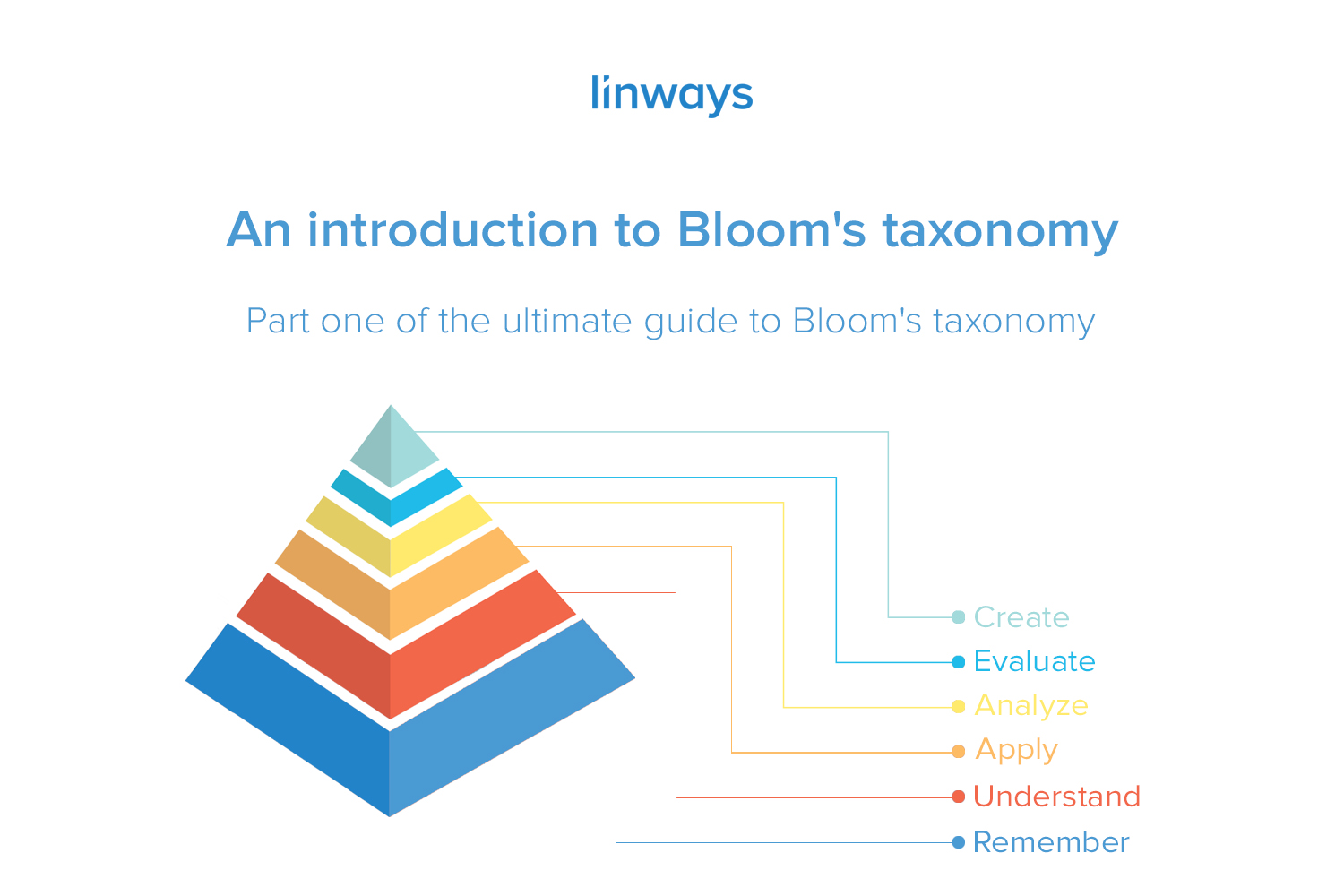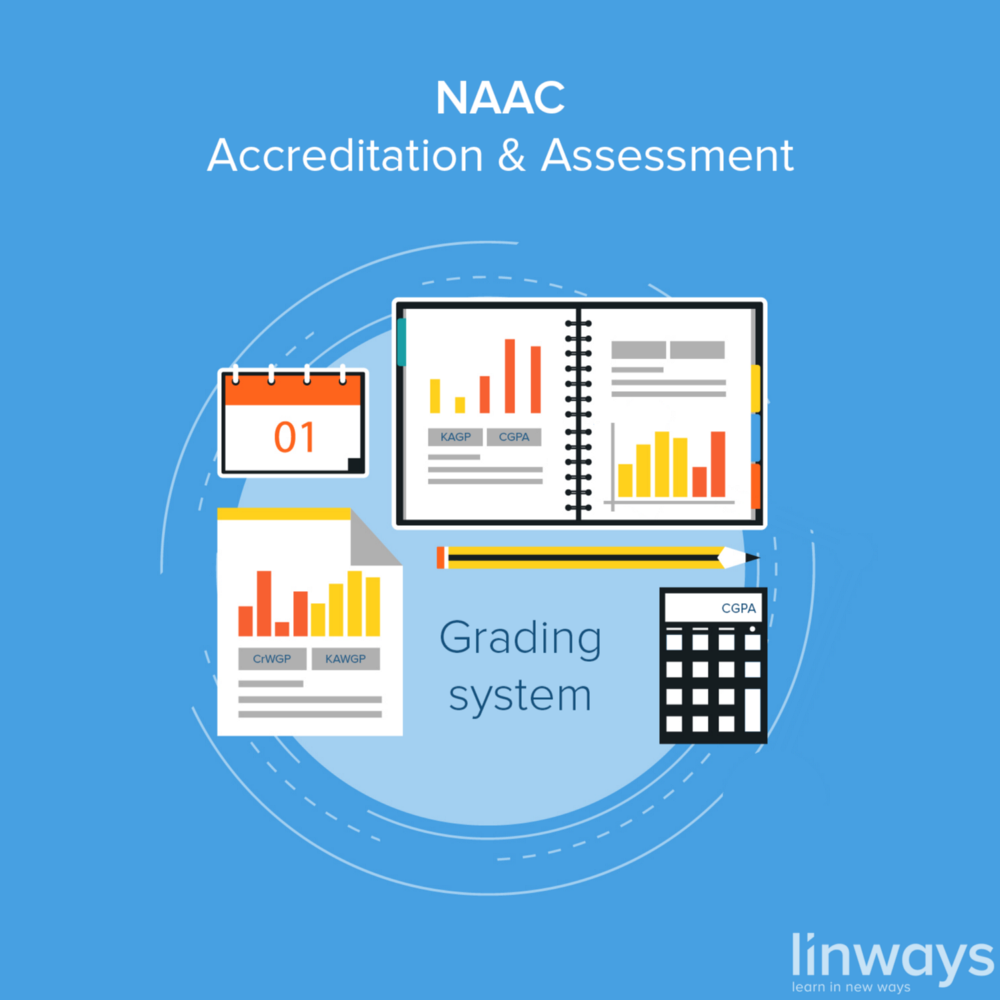What is Bloom’s taxonomy?
In simple words, Bloom’s taxonomy is a teaching methodology that revolves around 6 levels to measure the achievement of learning outcomes. These six levels are:
- Remember
- Understand
- Apply
- Analyze
- Evaluate
- Create
These are mostly depicted as a pyramid of which the previously mentioned six levels represent each section of the pyramid. The student begins from the most basic level; remembering what has been taught, onto the higher levels as learning progresses. Each of these is mapped with measurable outcomes to assess attainment.
Bloom’s taxonomy is designed to address three domains of education and learning
Cognitive: Cognitive skills revolve around knowledge, comprehension, and critical thinking. The more traditional forms of education like what we see in classrooms focus on cognitive skills.
Affective: This domain deals with how the learner reacts to what has been taught, and how they choose to interact with it. This covers the learner’s emotional and behavioral awareness and its development.
Psychomotor: As the name suggests, the psychomotor domain mainly addressed skill-based learning. Psychomotor objectives define the ability and capability to process information to serve practical requirements. Usage of tools, application of theorems, etc is placed under the psychomotor domain.
Origin of Bloom’s taxonomy
Benjamin Bloom developed Bloom’s taxonomy during the 1940s, along with his collaborators Max Englehart, Edward Furst, Walter Hill, and David Krathwohl. Their objective was to place educational goals into specific categories. They believed that classifying goals like this would be beneficial to assess college student performances better. Since then, Bloom and his colleagues revised and refined the framework several times before publishing the final version in 1956. It was published as the Taxonomy of Educational Objectives.
In 2001 Bloom’s taxonomy was revised by putting together a series of more dynamic concepts for the classification system by a team of cognitive psychologists, curriculum theorists, instructional researchers, and testing assessment specialists led by Lorin Anderson, a colleague of Krathwohl’s and former student of Bloom’s. The new model was based on the use of verbs to replace nouns—providing learners with clearer objectives for what is expected of them.
We will go over the six levels of cognition once and will get on to more details over each one of them in our upcoming blogs.
The 6 Levels of Bloom’s Taxonomy
1. The first level: Remember.
At this level, we assess the learner’s ability to retain and recall information. This usually includes testing the memory on terminology, facts, conventions, trends and sequences, classifications and categories, criteria, methodology, principles and generalizations, theories and structures, etc. Though this is the most basic level, it is also a stepping stone or a foundation upon which the rest of the levels are built.
2. The second level: Understand.
The second level assesses the comprehension of the learner on the topic. Teachers can assess by asking for summaries, comparisons, deductions, descriptions, etc. If the learner has understood the topic, they should be able to reproduce it in their own words. Students, while assessing this level, should ideally be able to remember and interpret information on their own which displays comprehension.
3. The third level: Apply.
As the name suggests, the third level deals with the student’s ability to handle and apply the information, techniques, and rules they’ve learned to resolve problems or get the desired results. The practical usage of their knowledge is assessed at this level. Teachers could make use of assessment techniques like activities, group projects, etc. to assess this level of cognition.
4. The fourth level: Analyze.
Here, students should be able to break down knowledge into its elementary modules to draw connections between ideas and utilize critical thinking. Upon reaching this level of Bloom’s taxonomy, the learner should demonstrate that they fully understand the topic as a whole, and as its component parts. You can also assess by making them draw diagrams or deconstruct thought processes.
5. The fifth level: Evaluate.
This is where the student themselves weigh the value of what they’ve learned. They should be able to infer, evaluate, separate based on pros and cons, and justify their choices upon making a decision. Teachers can assess qualities like the expression of opinions based on judgments and the authenticity of ideas or quality of work.
6. The sixth level: Create.
In this final level of Bloom’s taxonomy, the student should demonstrate complete working knowledge by applying what they’ve learned, analyzed, and evaluated, by building something, either tangible or conceptual. Projects, practical lab sessions, classroom activities, etc. are usually used to assess attainment. The assessment could include detailed essays that draw from different parts of the subject or form a whole concept or idea based on the topic.
Conclusion
As we move on, we will look more into the information that you will need to build bloom’s taxonomy framework for your students. We will discuss about strategies, misconceptions, common terminology used in bloom’s taxonomy framework, etc. soon. Please subscribe to our blog to receive more updates on our blogs on education, technology, and innovation.
Also published on Medium.






1 Comment